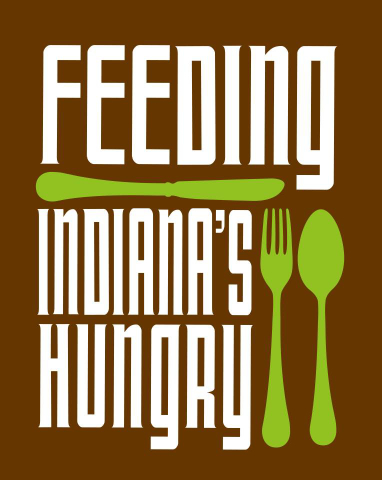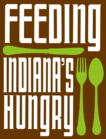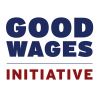About a third of Hoosiers are often at risk of going hungry, but they aren’t eligible for federal food assistance.
According to the latest Map the Meal Gap report, 31 percent of state residents who are food insecure can’t qualify for the Supplemental Nutrition Assistance Program (SNAP).
Emily Weikert Bryant, executive director of the advocacy group Feeding Indiana’s Hungry, says what that means is those Indiana residents have to turn to food banks, churches and civic organizations in order to get enough to eat.
Congress is currently debating the 2018 Farm Bill and lawmakers could put more restrictions on who is eligible for SNAP.
Weikert Bryant worries how the changes she characterizes as taking an ax to SNAP will impact the state’s children, seniors and veterans who rely on it.
“For every one meal that a Feeding America affiliate distributes, and there are 200 Feeding America food banks across the country, there are 12 SNAP meals that are plugging in the gaps in that family’s food budget,” she states.
Overall food insecurity in Indiana ranges from a low of about 9 percent of the population in Hamilton County to more than 18 percent in Marion County.
The statewide average food insecurity rate is about 14 percent, which mirrors the national numbers.
The report finds there are some Indiana counties where more than half of the residents who are food insecure don’t qualify for SNAP or other nutrition programs.
Weikert Bryant says parents and caregivers are having to make some tough choices when it comes to feeding their families.
“Whether it’s buying cheap food or watering things down, which includes baby formula, all of these things come into play when a family is trying to get enough food on the table,” she points out.
There are 11 food banks in Indiana that are part of the Feeding America program. Across the nation, Feeding America provides food assistance to 46 million people who are struggling with hunger.
Veronica Carter, Public News Service (IN)



